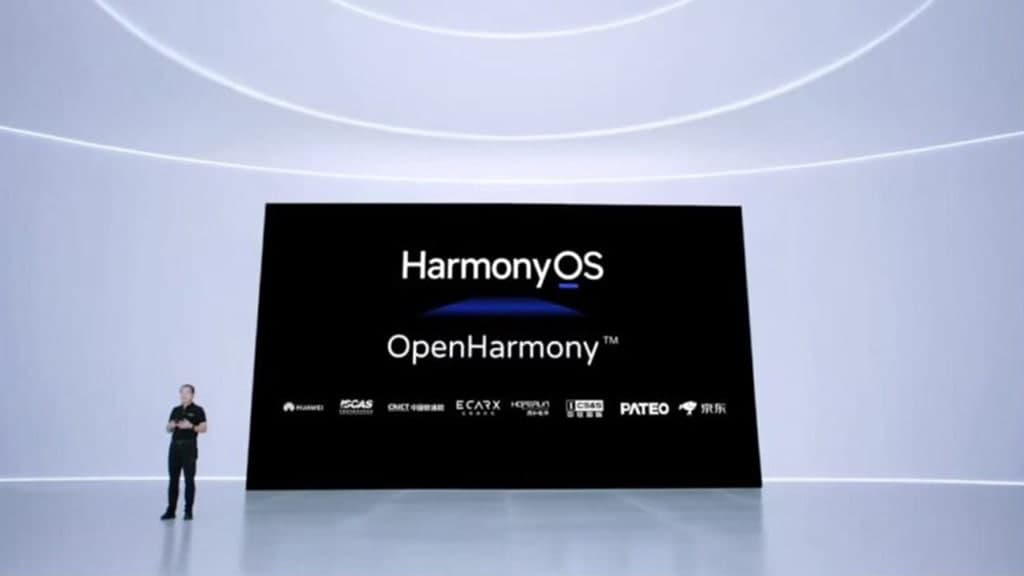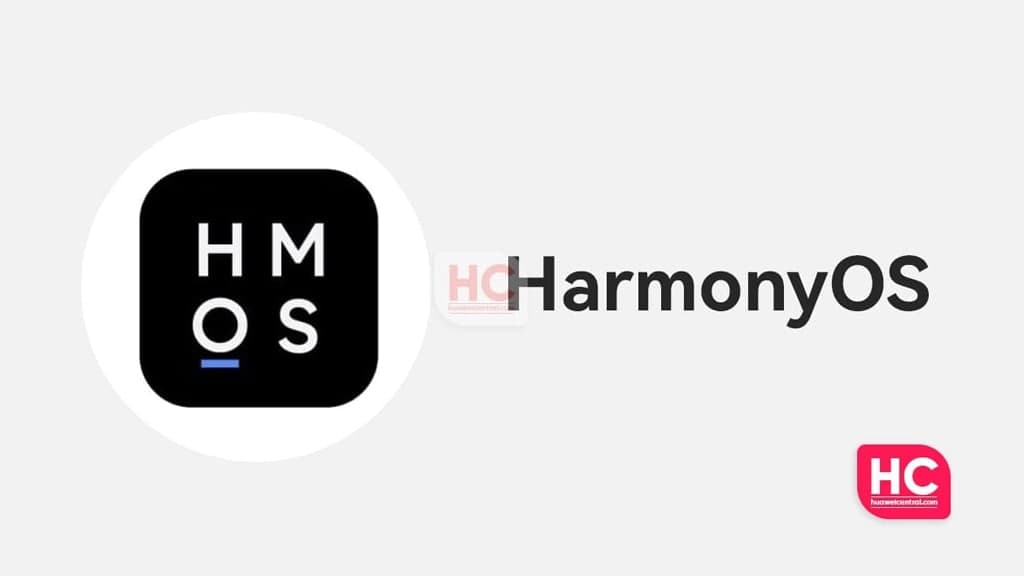HarmonyOS
OpenHarmony Beta 2 released with distributed capabilities, LiteOS support and more

Huawei released a new OpenHarmony beta 2 that brings improvements in the typical distributed and media production capabilities. Developers around the globe can now download the complete code from here.
The Open Atom Open Source Foundation has released the HarmonyOS 2.0 Canary on June 01, which supports more devices. While the new OpenHarmony 2.2 Beta 2 comes with support for distributed capabilities, cross-device ability transfer, and LiteOS.
LiteOS is a lightweight real-time operating system that helps in faster graphics accelerated rendering function, and staged adaption to development platforms such as Dayu and Raspberry Pi with typically distributed capabilities.

Furthermore, this new update also brings support for distributed cross-device ability transfer. It now has the ability to link multi-devices, so that applications can be divided, combined, and circulated without interruptions.
The OpenHarmony is the next-gen open-source operating system, which is supported on several platforms and works on the Internet of everything. With these newly added functionalities, the OpenHarmony will allow developers to be more productive.
In September 2020, Huawei donated code related to the smart device operating system to the Open Atom Open Source foundation which was open source. And hence, this project was named as OpenAtom OpenHarmony.

OpenHarmony 2.2 Beta 2 key features
Distributed framework capabilities:
- Distributed soft bus: The active discovery is supported based on Wi-Fi and a self-organized network between the devices. It uses distributed soft buses to realize high-speed communication between devices without taking the detail of communication into consideration.
- Distributed data management: It supports data synchronization between rich and encrypted devices.
- Distributed task scheduling: Here the developers can check the distributed Cross-Device Ability Circulation
Support distributed cross-device ability transfer
It has the ability to break device boundaries and multi-device linkage so that the application can be easily combined, divided, and circulated.
LiteOS
It is an efficient real-time scheduling algorithm that has a very precise and dynamic scheduling ability. This operating system is combined with priority multi-queue, tick precise dynamics, time slice dynamic calculation, and other technologies to achieve accuracy in the system.
Lightweight system graphics hardware-accelerated rendering:
- It offers basic UI components and an independent graphics engine that are compatible with ARM Cortex-M-based MCU and low-memory ARM cortex-A-chips.
- Under ARM Cortex-M, the UI framework supports on-demand editing and is capable to run under a ROM of less than 150KB and RAM less than 30KB.
- Moreover, it also supports OpenHarmony self-developed 2D drawing and expansion which is compatible with other third-party libraries.






